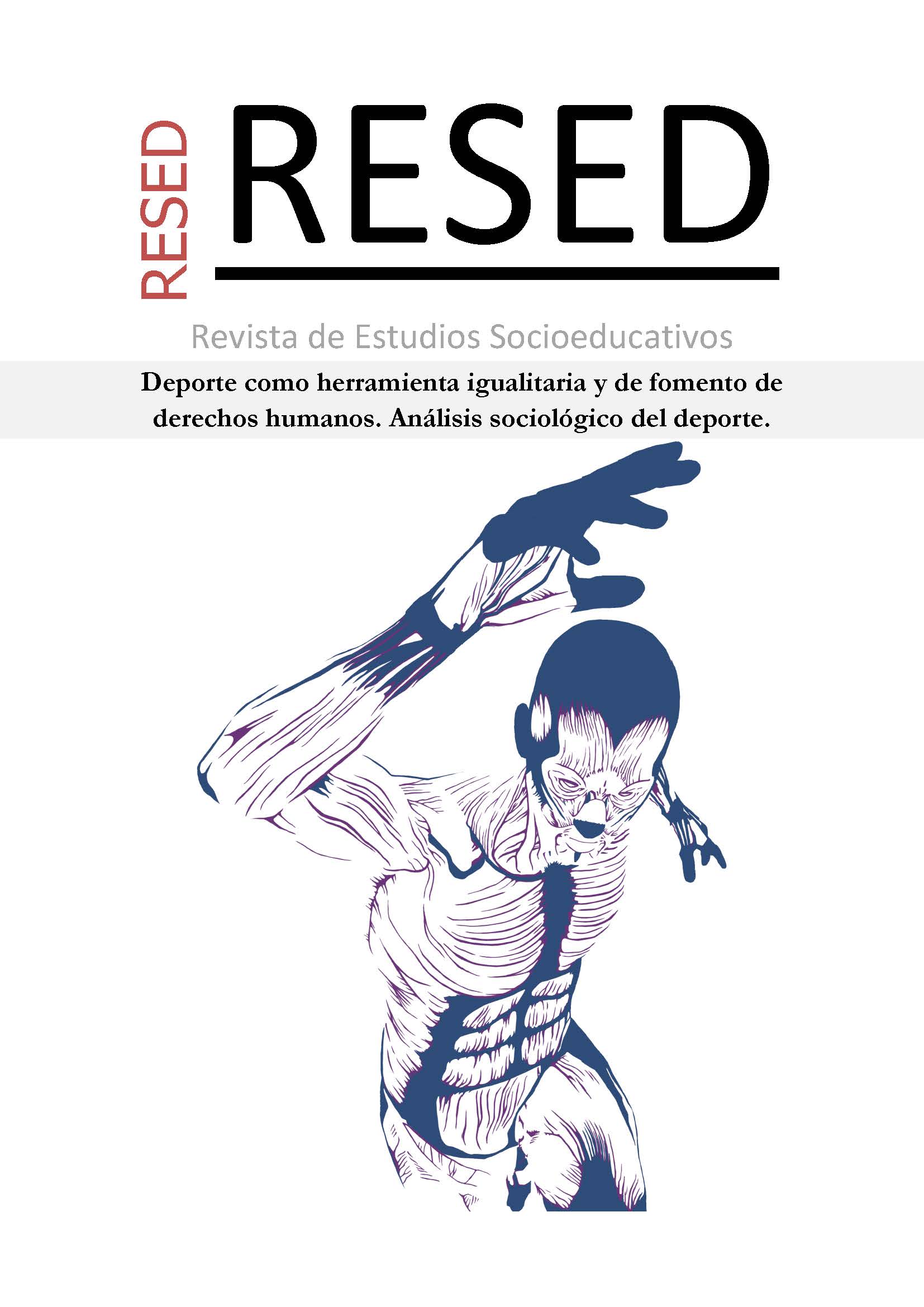Mainstream TV and social representations: Netflix and the Rosa Peral case

Información
Resumen
This work aims to show how two Netflix audio-visual contents, Burning Body and Rosa Peral’s Tapes, are perfect examples of the functioning of contemporary mainstream narratives. The term mainstream refers to the set of media content constructed to maximize the audience. These two productions narrate the story of Barcelona “Urban Guard Crime” (2017-2020), respectively, using the language of a fictional TV series and a true-crime documentary. Based on the criterion of audience maximization, both products show that the social representations staged by contemporary entertainment narratives need to be based on transgressive, unpleasant, and disturbing elements, even if they seemingly intend to present themselves as moral tales. In other words, mainstreaming needs relevant non-mainstream elements to thrive.
Palabras clave
Descargas
Cómo citar
Licencia

Esta obra está bajo una licencia internacional Creative Commons Atribución-NoComercial 4.0.
Citas
Balanzategui, J. (2018). The New Quality Crime Drama in the TVIV Era: Hannibal, True Detective, and Surrealism. Quarterly Review of Film and Video, 35(6), 657-679.
Bagli, C. V. (2019). As durst murder case goes forward, HBO’s film will also be on trial. The New York Times, 24-04.
Bonavitta, P. & de Garay Hernández, J. (2019). La casa de papel, Rita y Merlí: entre nuevas narrativas y viejos patriarcados. Investigaciones Feministas, 10(2), 207-221.
Colombo, F. (2003). Introduzione allo studio dei media. Roma: Carocci.
Corbalán, A. (2023). The Professor Is In. A Critical Approach to Money Heist’s Sexism. In J. González del Pozo & X. Pereira Boán (Eds.), Netflix’ Spain. Critical Perspectives. Londres: Routledge.
Eburne, J. (2008). Surrealism and the Art of Crime. Ithaca: Cornell University Press.
Farr, R. & Moscovici, S. (1989). Le rappresentazioni sociali. Bolonia: Il Mulino.
Gerbner, G., Gross, L., Morgan, M. & Signorelli, N. (1980). The Meanstreaming of America: Violence Profile no. 11. Journal of Communication, 30.
Goffman, E. (2003). Stigma. L’identità negata. Verona: Ombre Corte.
Jung, C. G. (1983). Psicologia dell’inconscio. Turín: Bollati Boringhieri.
Livolsi, M. (2001). Manuale di sociologia della comunicazione. Roma-Bari: Laterza.
Lotz, A. D. (2017). Post network. La rivoluzione della tv. Roma: Minumum fax.
Luna López, I. (2023). Mainstream Feminism: Female Identities in Valeria and Toy Boy. In J. González del Pozo & X. Pereira Boán (Eds.), Netflix’ Spain. Critical Perspectives. London: Routledge.
Morin, E. (1963). L’industria culturale. Saggio sulla cultura di massa. Bolonia: Il Mulino.
Morin, E. (1982). Il cinema o l’uomo immaginario. Saggio di antropologia sociologica. Milán: Feltrinelli.
Muñoz, T. (2019). Solo tú me tendrás. Celos, mentiras y muerte en el crimen de la Guardia Urbana. Madrid: Ediciones Península.
Pérez, L. (2023). El director del documental de Rosa Peral en Netflix admite su engaño y más testimonios alzan la voz contra él. elDiario.es, 18-09.
Pietaryte, K. & Suzina, A. C. (2023). Female representation in Netflix Global Original programming: a comparative analysis of 2019 drama series. Critical Studies in Television, 18(1), 41-61.
Prieto, C. (2023). Poli asesina de día, víctima de machismo de noche: Netflix exprime a Rosa Peral. El Confidencial, 20-09.
Rodríguez, F. J. L. & Bravo, I. R. (2019). Teresa Fernandez-Valdes and female-produced TV series in Spain. Cable Girls/Las chicas del cable as case study. Feminist Media Studies, 19(7), 962-976. London: Routledge.
Scomazzon, G. (2016). Strategie performative nel true crime seriale. Cinergie, il cinema e le altre arti, 10, 148-154.
Seltzer, M. (2007). True Crime. Observations on Violence and Modernity. New York: Routledge.
Solà Gimferrer, P.S. (2023). 'Las cintas de Rosa Peral': los terraplanistas ya tienen una nueva causa absurda que defender. La Vanguardia. 20-09.
Stoneman, E. & Packer, J. (2020). Reel cruelty: voyeurism and extra-juridical punishment in true-crime documentaries. Crime Media Culture, 1-19.
Wolf, M. (1985). Teorie delle comunicazioni di massa. Milán: Bompiani.
Young, A. (2010). The scene of the crime. Is there such a thing as ‘just looking’? In K. Hayward & T. L. M. Presdee (Eds.), Framing crime: Cultural criminology. London: Routledge.


